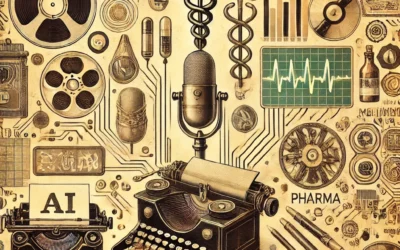In an increasingly globalized world, effective communication in different languages has become essential for businesses. With the advancement of technology, many companies are turning to artificial intelligence (AI)-based translation solutions to improve the quality and efficiency of their translation processes.
AI has enabled the quick and accurate translation of documents, representing a significant breakthrough in the field of translation. However, this does not mean that all translations done with AI are flawless. While the technology has improved significantly, there are still certain limitations that can only be overcome with human intervention.
Neural Machine Translation (NMT) is one of the most widely used technologies in AI-based translation. This system uses machine learning algorithms to predict the probability of specific word sequences and improve translation quality. As the system translates more documents, it adapts and becomes more accurate.
Users can also contribute to enhancing the quality of AI translations. They can import previous translations to teach the NMT engines the connections between source and target languages. The more feedback is provided to the NMT platform, the more precise it becomes in selecting appropriate terms and correcting errors.
Despite the advances of AI in translation, the role of the human translator remains crucial. Traditional translators can leverage the benefits of AI to increase productivity and tackle more complex tasks. AI can handle repetitive translation tasks, allowing translators to focus on more creative and intricate aspects of their work.
However, it is important to note that AI translation is not perfect, and human intervention is still necessary to ensure translation quality. Here are five ways to improve the quality of AI translations:
- Determine what “quality” means for the organization: Each company has its own needs and requirements regarding translation quality. It is important to define which aspects are most relevant, such as accuracy, coherence, confidentiality, delivery time, and compliance with regulations.
- Establish a feedback process: Implementing AI translation software is a long-term investment. It is necessary to establish a feedback system between the IT department and translators to identify areas for improvement and adapt the software to the specific needs of the company.
- Ensure the source text is error-free: Before using AI to translate a text, it is important to review and edit it for accuracy. Typos, grammatical errors, and a clear and concise writing style should be addressed.
- Regularly update the base data: The quality of AI translations depends on the quality of the training data. It is necessary to use large databases, translation memories, and relevant text corpora to improve translation quality. The software should also be customized with industry-specific terminology and undergo periodic testing.
- Finish the process with traditional revision by language and communication experts: Post-editing corrections: Corrections made by human translators are essential to improving the quality of AI translations in the long run. These corrections help the system learn and improve through machine learning.
AI has revolutionized the field of translation, enabling quick and accurate translations. However, human intervention remains essential to ensure the quality and suitability of translations for each company’s needs. The combination of AI technology and human expertise in translation and content localization is the key to achieving optimal and effective results in a globalized world.





